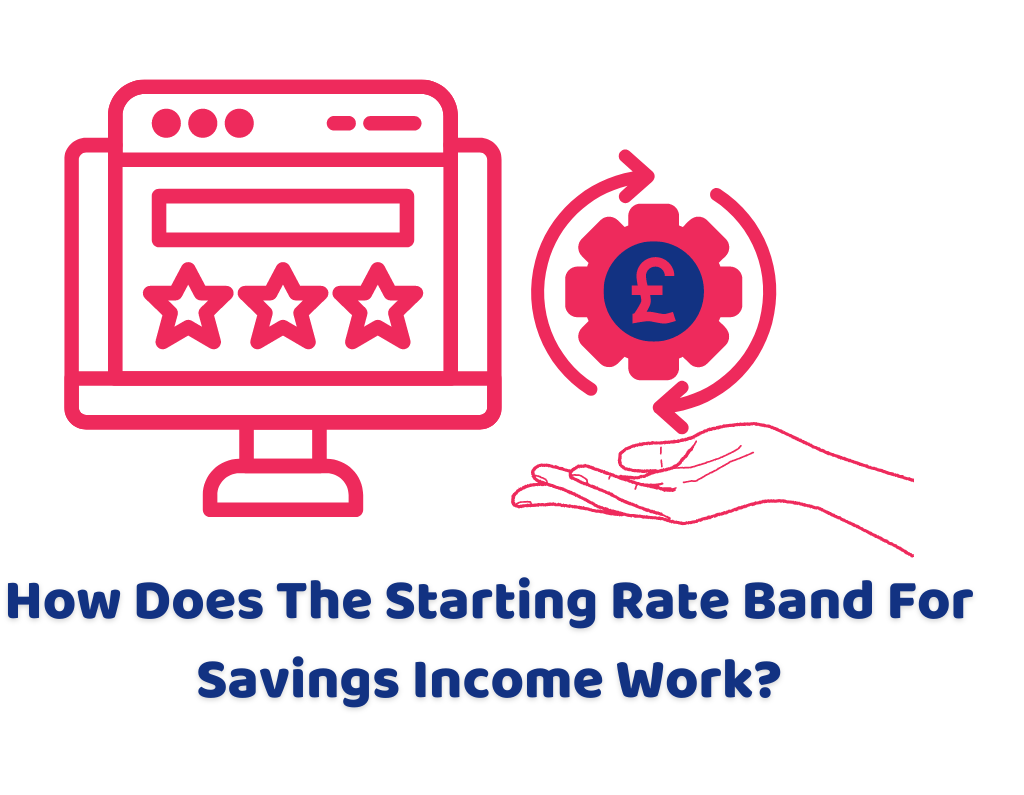Considers the operation and practical implications of the income tax starting rate band for savings.
The starting (savings) rate band for interest income is one of the most difficult concepts for taxation students (and some tax qualified professionals!) to understand, so it is not a surprise that most taxpayers without detailed technical tax teaching, do not understand it either. If you take a quick ‘Google’, you will see that it is applied to the first £5,000 of savings income; but this overly simplifies the benefit.
Taxation of Savings Income
When looking at how non-savings income is taxed, there are simply three rates: the basic rate at 20%, the higher rate at 40% and the additional rate at 45%. The taxpayer’s savings, however, are taxed at four rates. In addition to the rates detailed above, they are also taxed on the zero-percentage rate, and this is applied in two situations.
The Starting (Savings) Rate Band
The first of these is the starting (savings) rate band. This band is confusing, as it is only applicable if the taxpayer’s non-savings taxable income is under £5,000. Remember, although we are trying to find the rate to tax the savings income, it is the level of non-savings income that is being considered to establish how much of the savings income is taxable at 0%. The taxpayer’s non-savings income includes such income as employment income, sole trading income, income from the taxpayer’s share in a partnership, royalties and income from some trusts. Taxpayers that have low (i.e., under £5,000) levels of taxable non-savings income are entitled to have up to the first £5,000 of their savings income taxed at 0%. Individuals who are likely to benefit from this are pensioners no longer receiving employment or trading income but who have generated savings over their lives, earning taxable interest. If the taxpayer has some non-savings taxable income up to £5,000, this will reduce the £5,000 capacity for taxing the savings income at 0% accordingly.
Example 1: Savings and Non-Savings Income
Janet earned the state pension in 2023 of (say) £10,000, and also earned £3,000 in royalty income. After deducting the personal allowance, her taxable non-savings income was £430 (i.e., £13,000 – £12,570). She also earned £10,000 in interest on a term deposit. Without the starting (savings) rate band and the personal savings allowance (see below), the tax on all her interest would be at the basic rate of 20%; but due to the savings rate band, £4,570 will be taxed at 0%. This represents the difference between the absolute amount of the starting rate band of £5,000 and Janet’s taxable non-savings income of £430.
The Personal Savings Allowance
The news gets even better. In addition to the savings rate band, taxpayers who earn taxable interest may also be entitled to the personal savings allowance (PSA). This allowance is means-tested and can be used only for savings income. Basic-rate taxpayers are entitled to earn £1,000 interest annually that can be taxed at 0%. Higher-rate taxpayers can earn £500 but for those additional-rate taxpayers, there is no personal savings allowance. The PSA is applied after the SRB.
Example 2: Interest and the PSA
In our example of Janet, the £10,000 that she earned in interest will, as explained above, have £4,570 taxed at 0% as a result of the starting (savings) rate band. In addition, as Janet is a basic-rate taxpayer, £1,000 will be able to be taxed at 0% as a result of the personal savings allowance. This leaves only £4,430 taxable at 20%.
Practical Tip
The savings rate band is not means-tested and is available to every taxpayer resident in the UK. Husbands, wives and civil partners should therefore ensure that they split their interestearning investments such that they both receive up to the maximum savings rate band (if they are eligible given their non-savings income level) and personal savings allowances possible.

